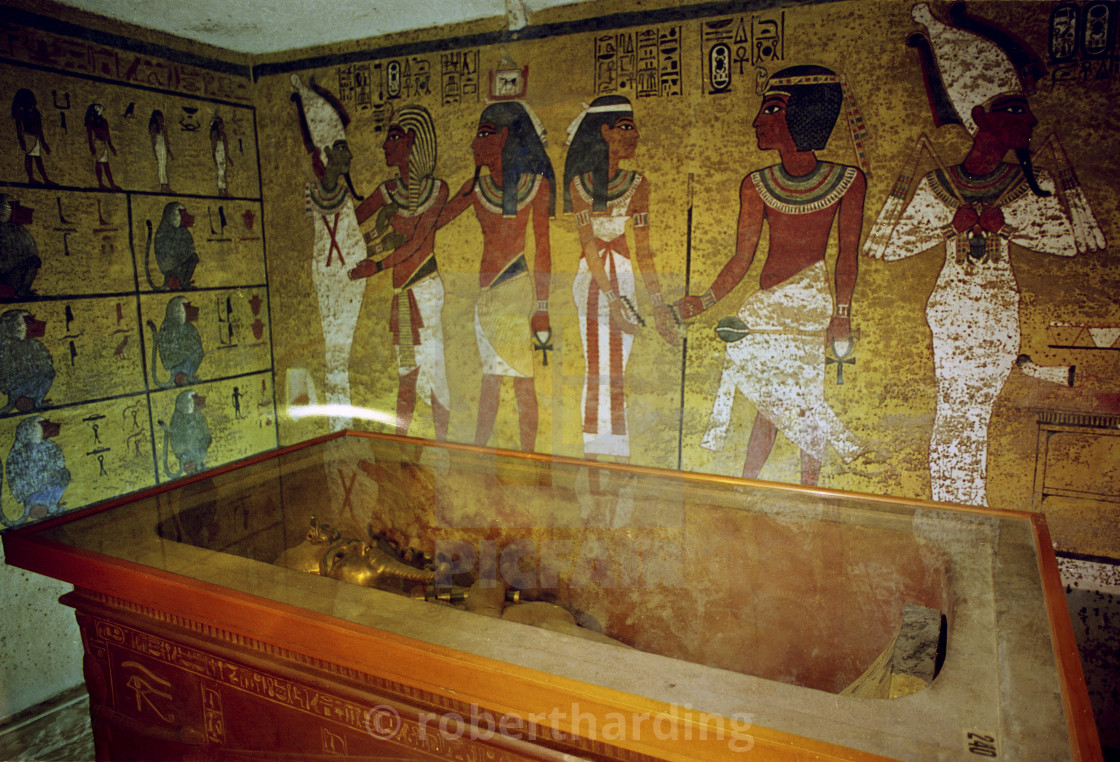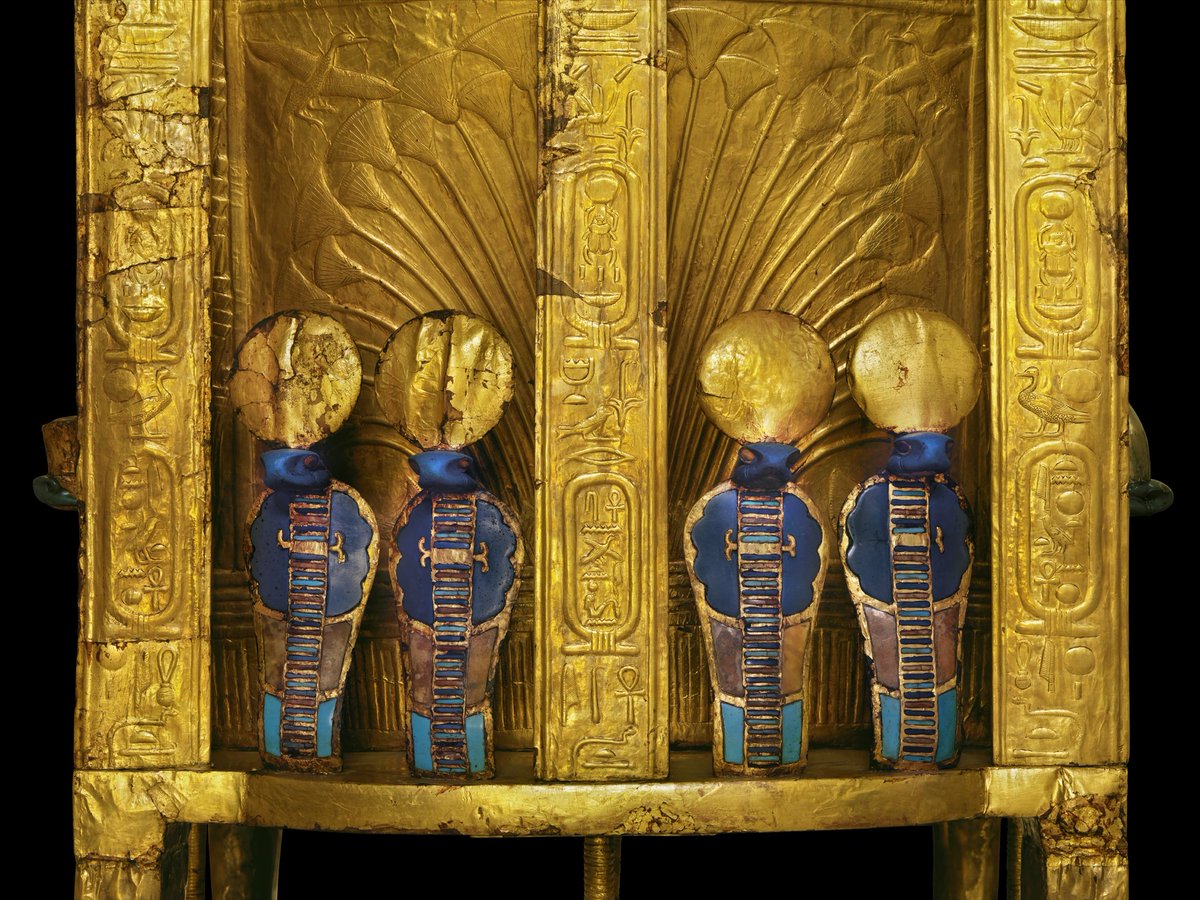Hathor Cow standing in a pond
The mountainside represents the Theban grave mountains.
Mummy shell fragment; cartonnage,
from Thebes;
Third Intermediate Period,
22nd Dynasty (943-746 BC)
Paris, Louvre Museum.


























 e.
e.
 metery
metery




